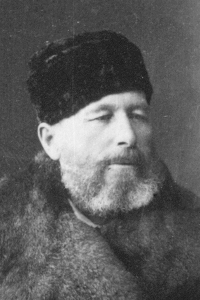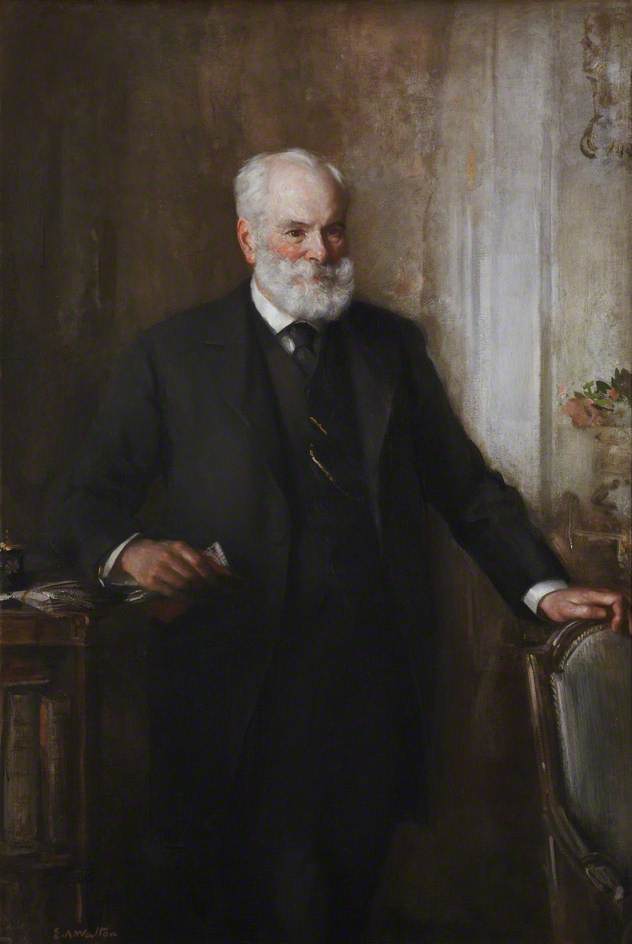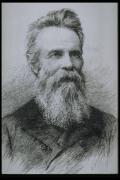In the slow process that began from the work of Kekulé and Couper, of characterizing each pure chemical product by a chemical formula, Butlerov highlighted. In 1861 he defined chemical structure as the mode of mutual bonding between the atoms of a molecule and admitted that his ideas came from Couper's publications.

In 1863 Wurtz, Couper's professor and repudiated by him for not wanting to sponsor his ideas, spread Couper's formulas without mentioning him, attributing them to his own invention. Brown developed modern structural formulas in 1864 where each link was designated by a separate line. The formulas developed facilitated the prediction of isomers.

The first double and triple bonds appeared in publications by Loschmidt (1861), Erlenmeyer (1862) and Brown (1864). Loschmidt writes a circular structure for benzene. Erlenmeyer appears to have coined the term "unsaturated" to designate those compounds containing multiple bonds.

Kekulé, based on ideas by Butlerov published in 1862, proposed in 1867 a tetrahedral arrangement of the valences of carbon and, dreaming of molecules in the shape of snakes biting their tails, proposed in 1890 the hexagonal structure of benzene, thus suggesting isomerism. ortho, meta and para of aromatic hydrocarbons. Another success of the structural theory was the explanation of why the acetoacetic ester sometimes behaved like an alcohol and other times like a ketone: tautomerism.